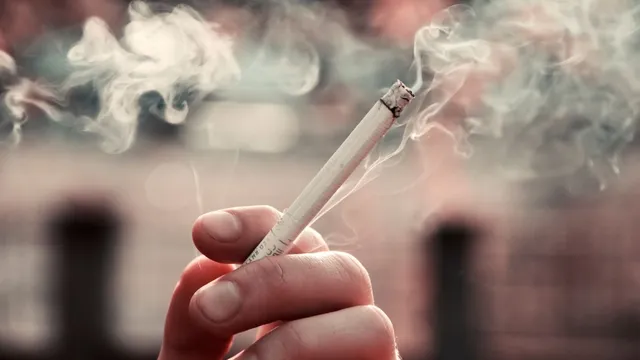- By Prerna Targhotra
- Fri, 03 Jan 2025 04:46 PM (IST)
- Source:JND
Tobacco Use And Winter Smog: The tobacco use and smog interplay is a significant challenge in public health. Both factors are dangerous on their own, but together they form a deadly combination that accelerates the decline in breathing function, increases the susceptibility to infection and hones the risk of chronic diseases.
Tobacco Smoke and Smog Interaction
Kuldeep Kumar Grover, Head of Critical Care and Pulmonology - CK Birla Hospital, Gurugram explained that tobacco smoke infuses into the lungs a combination of poisons which include tar, nicotine, and carbon monoxide, which can harm the lungs. Such chemicals break lung tissues, affect the capability of the lungs to carry sufficient oxygen and disrupt cilia, tiny hairs filtering impurities. Smoking cigarettes eventually leads to chronic conditions, including emphysema and lung cancer, in addition to weakening the body's immunity by making it easier to suffer from lung infections.
Winter smog aggravates this damage by adding more pollutants such as particulate matter (PM2.5 and PM10), nitrogen oxides, and sulfur dioxide to the airways. These pollutants irritate the respiratory tract, causing inflammation that makes pre-existing conditions worse, including asthma and bronchitis. Fine particulate matter is dangerous in particular since it penetrates well into the lungs and also goes into the bloodstream thereby promoting systemic inflammation and increasing the risk of cardiovascular problems.
When Tobacco and Smog Interact
Where tobacco smoking and exposure to smog co-occur, their toxicities are enhanced. Smoking damages lung function; thus, smokers are already impaired in their capacity to respond to further insult by smog. This combination exacerbates airway inflammation and enhances the risks of chronic respiratory diseases, enhances the severity of acute infections of the lower respiratory tract since both smoking and smog impair immune function and significantly increases the risk of lung cancer through the carcinogens present in both tobacco and pollutants such as benzene and formaldehyde.
Prevention and Protection
Action by people and communities to minimize the combined effect of tobacco and smog:
- Quit smoking: The most effective way to prevent damage from lung cancer and ensure recovery from the smoke.
- Minimize Smog: Use an air purifier, put on masks, and avoid outdoor activities.
- Adopt lung-friendly habits: Eat antioxidant-rich foods, exercise with deep breathing, and stay hydrated to improve lung health.
ALSO READ: With Winters In Sight, Delhi Chokes On Smog; Five Tips To Protect Yourself From Pea-Souper

